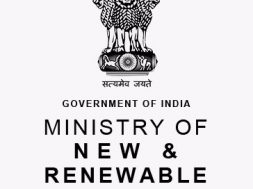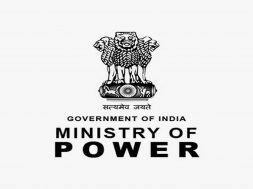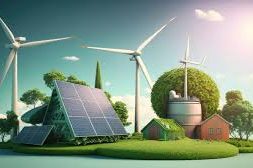
Centre approves Rs 3,760 crore VGF for battery energy storage system – EQ
The Union Cabinet has approved Rs.3,760 crore for the creation of a battery energy storage system to meet India’s rising energy demands and achieve its target of 50% renewable energy by 2030. The government aims to develop 4,000 MWh of battery energy storage projects by 2030-31, with financial support of up to 40% of the capital cost. The funding will help reduce carbon emissions and dependency on fossil fuels. The Cabinet has also approved additional funds for the Industrial Development Scheme in Himachal Pradesh and Uttarakhand.
The Union Cabinet on Wednesday approved a Rs.3,760 crore Viability Gap Funding (VGF) for creating battery energy storage system. The decision was taken in the meeting of the Union Cabinet, chaired by Prime Minister Narendra Modi.
Making the announcement, Union minister Anurag Thakur on Wednesday said that funding was approved keeping in mind the rising energy demands and to meet its target to achieve 50% of the needs through renewable energy.
India aims to meet its 50% energy needs through renewable sources by 2030.
Addressing the press conference at the National Media Centre in New Delhi, Thakur announced the envisaged development of 4,000 MWh of BESS projects by 2030-31, with financial support of up to 40% of capital cost as budgetary support.
“The government will spend Rs.3,760 crore and it will be a 100 per cent central grant… Battery energy storage systems are key to fulfilling rising energy demands,” Thakur said.
He added, “We don’t have the capacity. This viability gap funding will help add 4,000 MW hours of battery energy storage systems by 2025-26…Power distributing companies (discoms) will be the first to receive such viability gap funding.”
“When this battery energy system is developed, it will be used during the peak hours…Carbon emissions will be reduced and the dependency on fossil fuel will also be reduced,” Thakur told the reporters.
Thakur also pointed out that in renewable energy, solar capacity which was 2.6 GW in 2014 has increased to 71 GW, while wind energy, which was 21 GW in 2014 is now at 40 GW.
India also aims to reduce the emissions intensity of GDP by 45%.
Moreover, Thakur announced that the Cabinet also has approved Rs.1164.53 crore as an additional fund requirement under the Industrial Development Scheme, 2017, for Himachal Pradesh and Uttarakhand.
“774 units were registered under the scheme… and 49,000 employment could be generated earlier,” Thakur said.
At the COP26 summit in Glasgow in 2021, Prime Minister Narendra Modi had committed to an ambitious five-part “Panchamrit” pledge, including reaching 500 GW of non-fossil electricity capacity, to generate half of all energy requirements from renewables, to reduce emissions by 1 billion tons by 2030.














